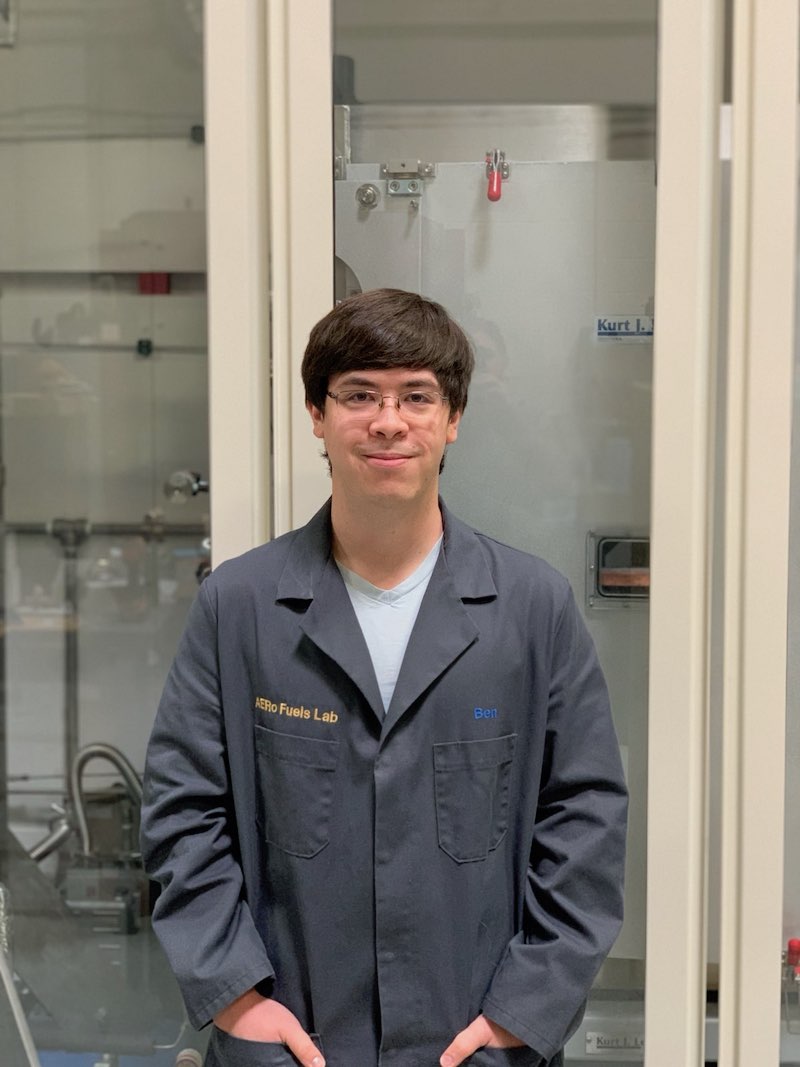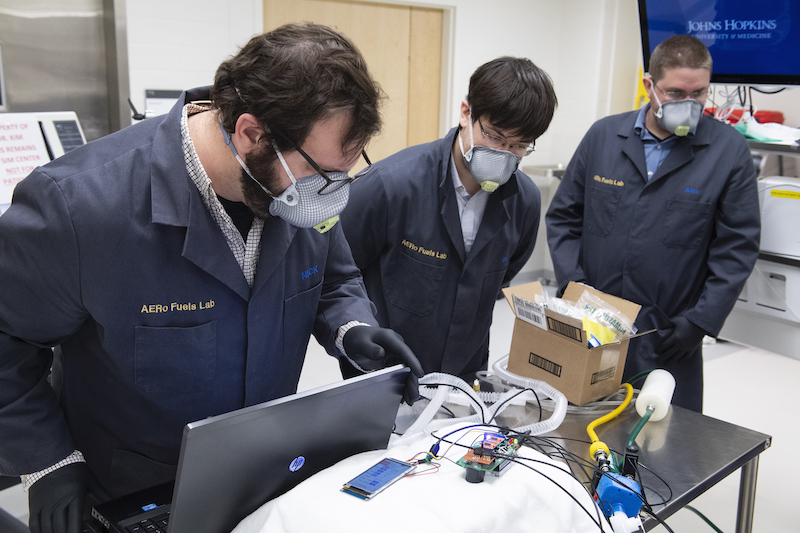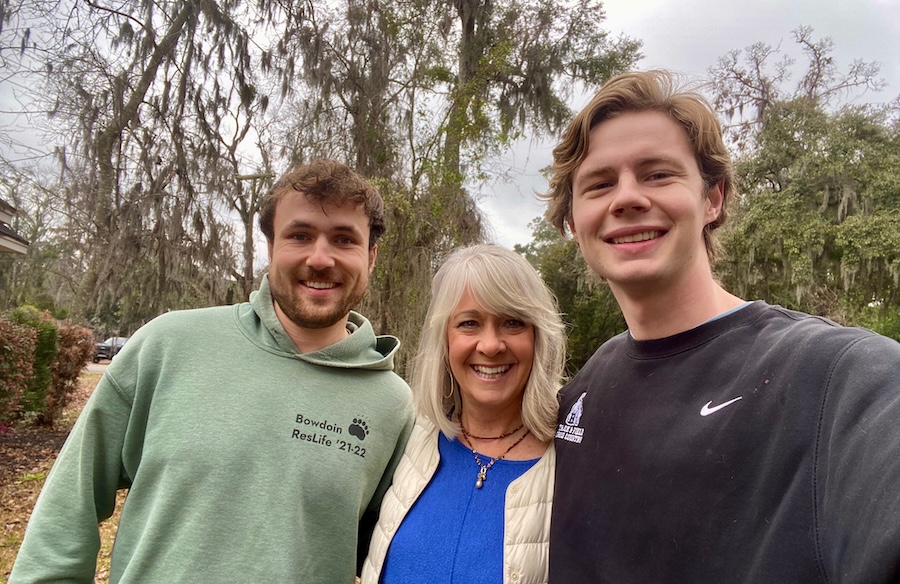Ben Hill-Lam ’13 Helps Design Promising Prototype for Lifesaving Medical Device
By Rebecca Goldfine
Though Hill-Lam is a rocket engineer with the Advanced Engine and Rocket Fuel (AERoFuels) Laboratory at The Johns Hopkins University Energetics Research Group, he and his team decided they had the tools and knowledge to invent a new ventilator that could be used as a backup if hospitals ran low.
"What attracted us was we wanted to make a difference," Hill-Lam said. "A ventilator is just a flow-control system—and all we do is flow control and fluid dynamics. We figured if we can do flow control for gasses and fluid dynamics for rocket engines, we should be able to invent a ventilator!"
And, in three weeks, they had. In response to an internal challenge issued by Johns Hopkins, Hill-Lam's lab developed a pumpless ventilator that can run for twenty-four hours on a single twelve-volt battery.
Keeping in mind the current limited supply of many medical components, they looked for commercial off-the-shelf parts that could be bought in bulk, Hill-Lam said. Partnering with a valve manufacturer, they could potentially get several thousand ventilators made in the next few months.
Hill-Lam and his team have already proved that their prototype ventilator—which they made with a 3D printer—was effective in a trial run with a simulated lung at the hospital. At the moment, several federal agencies and other funding sources are reviewing their grant proposal, which, if successful, could push the invention closer to mass manufacturing.

More funding would enable them to partner with a factory to produce a few hundred more ventilators to be tested by physicians and other end users. "Based on feedback from them, the factory could start a bigger production run and take orders from hospitals," he said.
At Bowdoin, Hill-Lam majored in physics and minored in history. In 2014, he started working at the Energetics Research Group AERoFuels Lab, which is part of the Whiting School of Engineering at Johns Hopkins.
"Growing up, I built a lot of rocket models, and space-enabling technology has always been very interesting to me," Hill-Lam explained. "It’s been a good challenge working here, with a lot of good exposure to NASA, commercial, and Department of Defense efforts in aerospace. I've been on the cutting edge."
And over the course of his time with AERoFuels, Hill-Lam said "the thing that makes me feel most accomplished is that I helped to design, build, and run an experiment that tests the thermal stability of liquid methane." This discovery could potentially abet space travel to Mars, since you could use the methane in the atmosphere of Mars to make the liquid methane rocket fuel.
But it's his ventilator, not liquefied methane fuel, that has garnered the most attention from the media and others. "This is the most publicity anyone in our lab has ever gotten," Hill-Lam said wryly.



